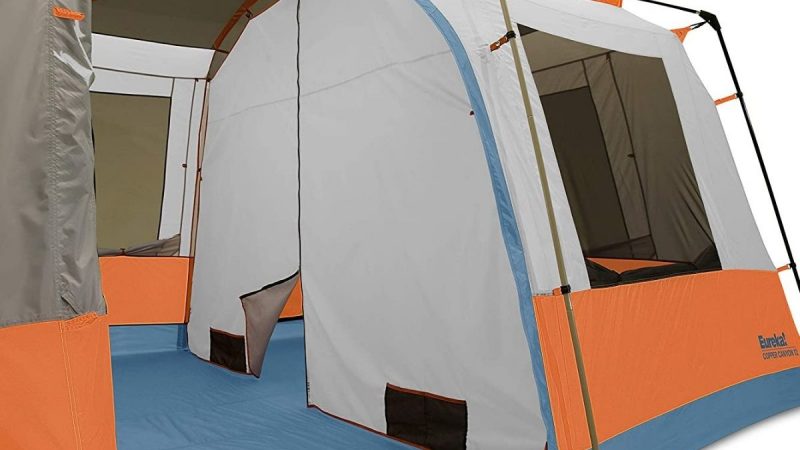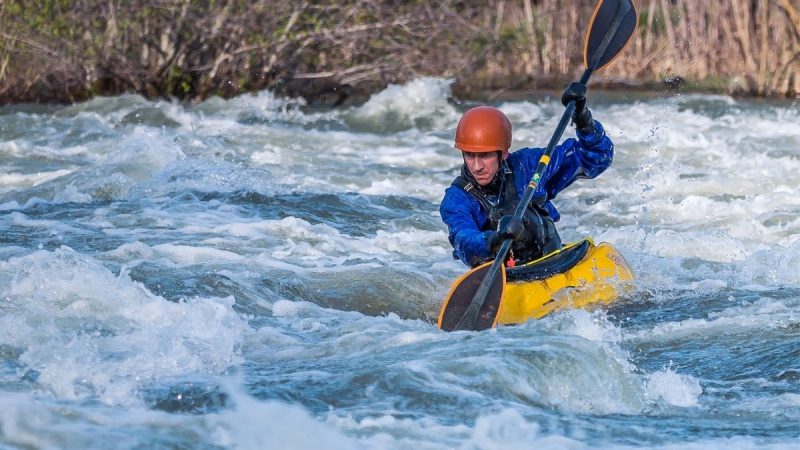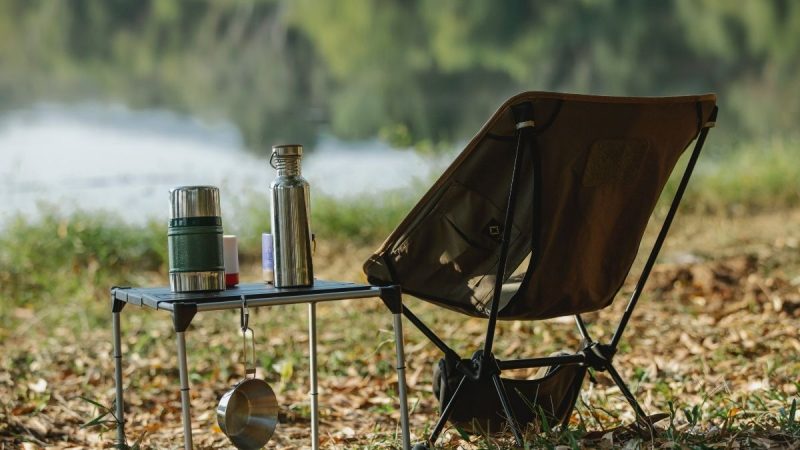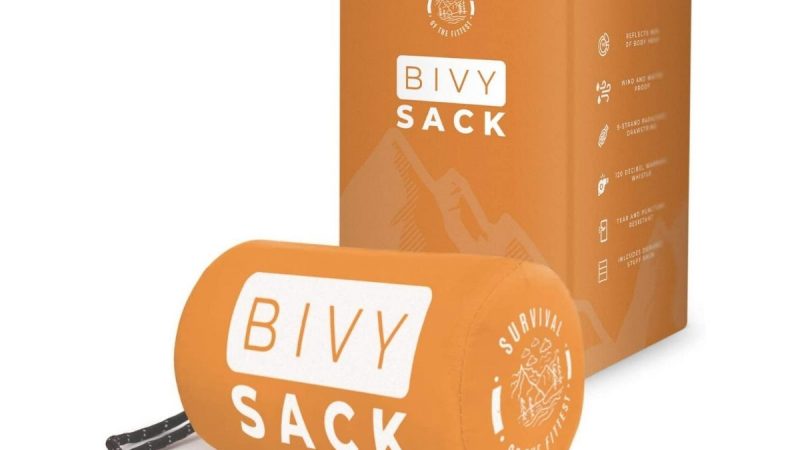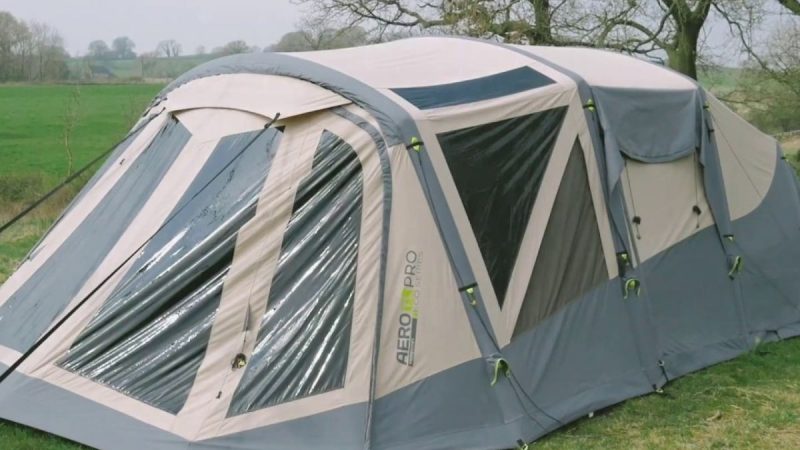How to use the compass when going to the forest

Survival with a compass is one of the most important things to know about a survival situation is how to use the compass. This article will teach you everything there is to know about using it. There are various types of compasses and this guide applies to all of them. If you follow these simple steps, you’ll save yourself time and effort when trying to find your way back home.

Compass – What is it?
A compass is an instrument used to orient oneself and navigate in the correct direction. There are two types of compasses: the magnetic compass, which uses the Earth’s magnetic field, and the gyroscopic compass, which uses a spinning disk to stay oriented.
Moreover, survival with a compass while in the wilderness has been known to be a lifesaver. It allows you to go certain directions without actually knowing them, thus preventing you from getting lost in the woods or jungle. If you are ever thrown into a situation where you are stuck in the middle of nowhere, this will be your best friend.
How to Map Orientation with a Compass?
The first thing to do when using a compass point, it towards your destination. You can then choose which course suits you better by rotating the compass around its axis until the needle is aligned with both N and S on the map. This way, one side will point North while another points South-east. Having done that, hold the compass steady with one hand and turn yourself around so that your body is East or West depending on your course. You then need to walk in the direction of the red arrow on the compass while keeping yourself oriented with it.
If you’re lost and have no idea which way is North, you can set your compass by finding the Sun. For this, you will need to know your latitude and longitude coordinates. First, find a landmark that is visible both during the daytime and nighttime and line it up with North on your compass. Next, make sure that the Sun is in view and rotate your map until it matches its position. Finally, hold your compass steady and turn yourself until the needle points at N on the map – this is where North lies!
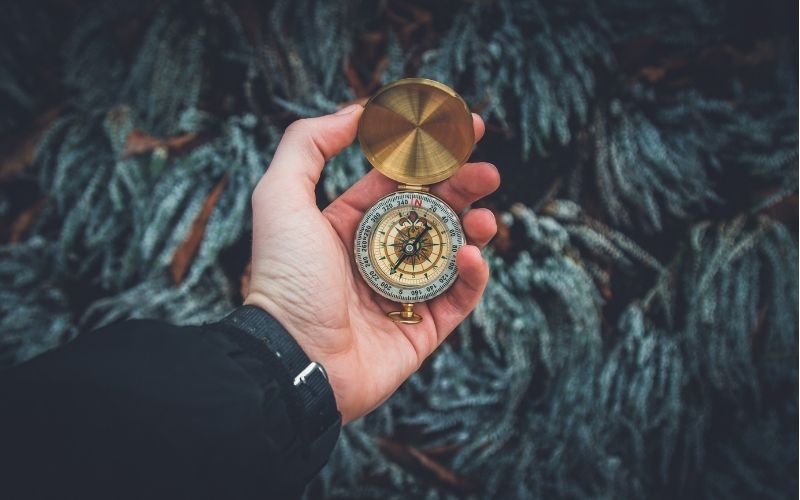
Types of of Compasses
Different types of compasses are used for different purposes. There are professional compasses that come in handy when you’re out in the wilderness with no means of transportation, but there are also pocket compasses, built-in watch compasses, or even keychain ones. You can purchase one depending on your needs and budget.
Button Compass

These compasses are small and lightweight, perfect for kids to carry around as well as for backpackers. They have a built-in direction indicator that allows you to adjust your course without having to rotate the entire compass.
Clear Baseplate Compass

This type of compass is especially useful for hikers and mountaineers as it has a transparent base that makes map reading easier. Furthermore, the bezel ring can be rotated so that you can mark your position on the map or measure distances.
Lensatic Military-issue Compass
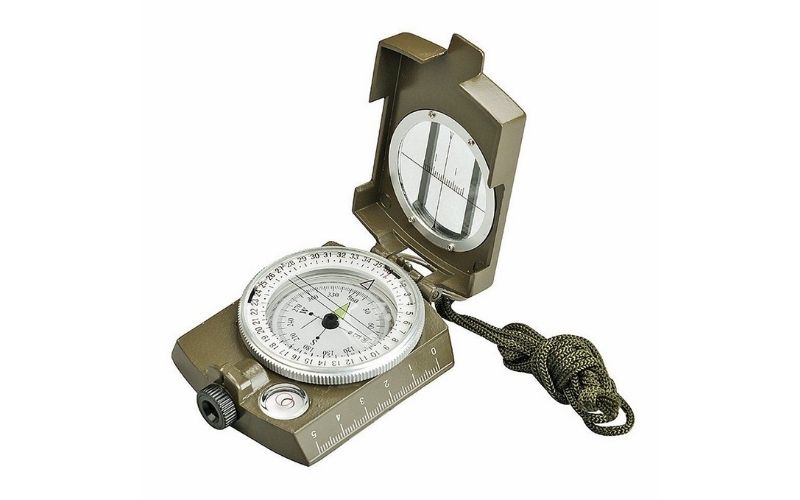
This type of compass is used by the military and is known for its accuracy. It has a rotating bezel ring with two sights, making it perfect for triangulation. It also has a magnifying lens so that you can read the map better.
Notes on Using the compass
Don’t forget that a compass will not point to your destination if it is too close. This means that you won’t be able to use the magnetic pull of the North Pole to find your way around when a mountain or a building is blocking your path. In this case, you’ll have to resort to triangulation instead.
How To Choose The Best Compass For Survival
The compass has been around for centuries, and it is the one tool that every hiker carries with them. It enables you to go into the wild without losing your direction or getting lost. This is true no matter how far into the wilderness you are.
Compasses come in different styles and models; some are built-in to watches while others can be seamlessly attached to backpacks.
You’ll need to choose carefully when buying a compass; there are many types of compasses available. Each of them caters to specific needs and uses, but there’s also an extensive variety of features that make up each type.
To help you out, here are some things that will guide you along. These will be helpful when choosing which compass works best for your next journey!
On Using the Compass
A good baseplate compass should have the following:
- A transparent base that allows you to read your map easily
- The ability to orientate yourself with both a map and terrain features
- Markings on the bezel (the ring around the compass’s face) that coincide with angles on a map. For an instance 45 degrees, 90 degrees, etc.
Safe Jungle Experience with a Compass

Survival with a compass can be challenging. However, your safety is important and you should be aware of the dangers of going into a jungle without navigation tools. Moreover, the compass will be a great experience for those who want to explore the wild. But, before going on a jungle tour, you must know how to choose an appropriate compass that will meet your needs and requirements. In addition, you should know everything about what direction you are going especially if it is in the woods.
A person who lacks knowledge in using a compass can easily lead to getting lost even when inside a place where there’s a clear view of the sky or when in a room. The danger lies when there’s no familiar reference point insight. Also, this often happens especially when going deep into the wild although compasses have been invented precisely for this reason – to help people find their way home!
The big concern is not to get lost and the compass is one tool that will help you find your way back home. Remember: when facing problems in life, it’s always best to face things head-on and embrace the challenge. If you’ve ever been lost before, then you know what I’m talking about!
How Does the Military Use the Compass?
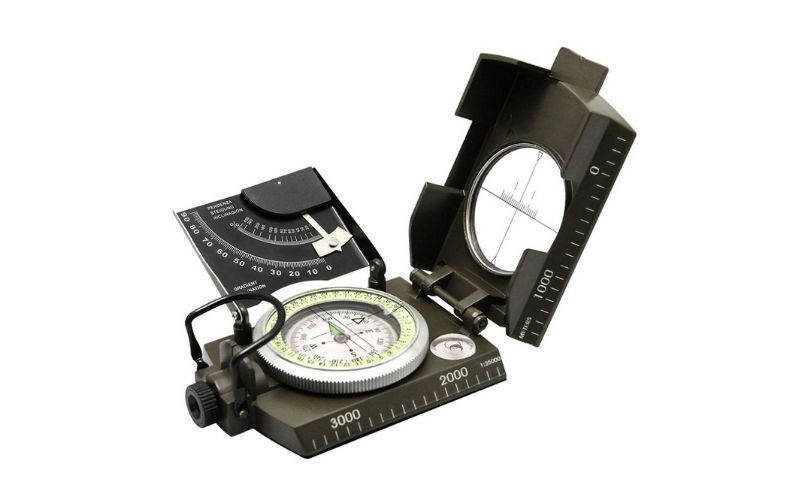
The military is very particular with their instruments, especially compasses because they use them in a lot of things. For instance, when doing triangulation, the compass is extremely important to help them find their location. Moreover to find out where their enemies are at. These days, most people will just use GPS but you have to remember that if the power runs out on your GPS then you’re going to be stuck in a place with no idea how to get back home or where your friends are at.
Benefits of Bringing a Compass to Backpacking
There are a lot of benefits to bringing a compass as well as these other few items with you when you go backpacking.
For one, compasses never run out of batteries! And secondly, they’re very lightweight and compact so they won’t take up much space in your backpack. Lastly, even if you know how to use a map and compass together, it’s always a good idea to bring a backup, This is just in case something happens to your primary navigation tool.
Conclusion
In conclusion, compasses, as well as a personal water filter, are essential tools for anyone who loves the outdoors – whether you’re a hiker, backpacker, camper, or hunter. With a compass in hand, you’ll always be able to find your way home safe and sound!

